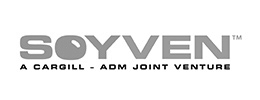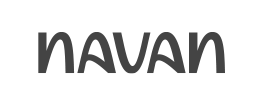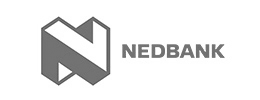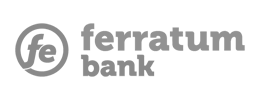How to set up your EMIR OTC Derivatives Portfolio Reconciliation
Risk Mitigation Techniques such as Portfolio Reconciliation for uncleared trades must be applied by firms as described in article 13 of the EMIR regulation. Depending your exact business this can be an easy exercise or a real burden. When you are a non-financial counterparty with 100 or less contracts you have to perform the portfolio reconciliation once a year, which sounds doable, but when you are e.g. a financial counterparty you have to do it on a daily basis. The why and what is described on dozens of sites but how can you set this up if you have not done it yet?
Ok, let’s start at the beginning. What is meant by reconciliation in this case? Portfolio reconciliation means a comparison of the portfolio details from your counterparties with the details in your own books.
Next question: what details? ESMA has published e.g. in their Q&A (OTC Question 14) some details about this but also ISDA published their “EMIR Portfolio Reconciliation Operational Guidance Note” and included in there is list with items seen as a standardised best practice template for trade identification and matching purposes.
There are different ways to do the actual recon. If you are not equipped for it and your volumes are high you could go for a third party to do it for you. In that case you are a sender but still responsible and your counterparty details have to get there as well. This might be an issue when that is a smaller firm and/or using another Trade Repository. If your portfolio is not that big and the frequency of reconciliations is low you might like to do the recon yourself.
The first step is in both cases to collect the data from potentially different sources. Typically the client or counterparty details are not always in the same systems as your pricing or position information is. This means you have to set up the processes and systems to do so. Again depending on number of contracts this has to be automatic or can be (semi) manually done. Instead of building your own (spreadsheet) applications there are also reconciliation tools available that can well collect, combine and enrich data and subsequently export the data in a csv file that you can use for uploading. Another advantage of using a reconciliation tool is that everything will be auditable. Compare this with using a spreadsheet. When you have prepared your data you can either send it to your processor or use it as import in your own reconciliation.
If you prefer to set up your own recon the next step is how to get your counterparties portfolio details in. There is no standard format or way of communicating the portfolio details. When you are using a third party to do the recon for you they will tell you what format to use and the possible transport mechanism. When you are a receiving party you will receive spreadsheets, csv files, Swift messages, mails and what other sort of messages you can think off. You have to agree with them how and when you will receive it. This “when” is also something to well schedule as it could well be that your counterparties most likely have different moments to send you the details. Another advantage of using a reconciliation tool is that the imports can be scheduled. In case a file is not there you can configure the tool to send you an email to warn you to take action.
After receiving the information you have to compare it with you own details. Again this can be done in a spreadsheet program when it is not to complex. Sign off and archive it but please do not forget that you have to report any inconstancies with your counterparties within five days and unsolved disputes with your regulator. Needless to say that you should think of a more automated way. The advantages of this is that there is a complete audit trail, workflow for inconstancies and reports can be achieved and emailed automatically.
This material has been prepared and published for informational purposes only and should not be construed as legal, accounting, tax or other professional advice.

 follow our blog
follow our blog






















 Quick response
Quick response

